Mindfulness Beads
Mindfulness silicone beads – Round Hexagon Character Designer Flat Cube Wholesale or En Detail very cute and high quality + Free Design Idea Book

Original price was: $13.99.$7.99Current price is: $7.99.
43% Off
Original price was: $16.99.$9.99Current price is: $9.99.
41% Off
Original price was: $17.00.$5.99Current price is: $5.99.
65% Off
Original price was: $20.00.$13.99Current price is: $13.99.
30% Off
Original price was: $16.99.$12.99Current price is: $12.99.
24% Off
Original price was: $11.99.$9.99Current price is: $9.99.
17% Off
Original price was: $20.00.$13.49Current price is: $13.49.
33% Off
Original price was: $14.00.$4.99Current price is: $4.99.
64% Off
Original price was: $14.99.$8.99Current price is: $8.99.
40% Off
Original price was: $17.00.$15.99Current price is: $15.99.
6% Off
Original price was: $20.00.$19.99Current price is: $19.99.
0% Off
Original price was: $21.00.$18.99Current price is: $18.99.
10% Off
Original price was: $12.00.$9.99Current price is: $9.99.
17% Off
Original price was: $12.00.$9.99Current price is: $9.99.
17% Off
Shop Silicone Beads
Shop By Category
Learn to Bead With Us
Beading Tutorials – Tips and Tricks
Subscribe now and get special offers
From Our Blog
OUR MOST RECENT POSTS
Subscribe to our newsletter and get 10% Off!
Category Description - Mindfulness Beads
More on Mindfulness Beads
Browse through our selection of mindfulness beads, top quality focal beads and gorgeous charms. Get these silicone beads and let your creativity run wild!
What is mindfulness?
Mindfulness. It’s a pretty straightforward word. It suggests that the mind is fully attending to what’s happening, to what you’re doing, to the space you’re moving through. That might seem trivial, except for the annoying fact that we so often veer from the matter at hand. Our mind takes flight, we lose touch with our body, and pretty soon we’re engrossed in obsessive thoughts about something that just happened or fretting about the future. And that makes us anxious.
Mindfulness is the basic human ability to be fully present, aware of where we are and what we’re doing, and not overly reactive or overwhelmed by what’s going on around us.
Yet no matter how far we drift away, mindfulness is right there to snap us back to where we are and what we’re doing and feeling. If you want to know what mindfulness is, it’s best to try it for a while. Mindfulness is the basic human ability to be fully present, aware of where we are and what we’re doing, and not overly reactive or overwhelmed by what’s going on around us.
Mindfulness is a quality that every human being already possesses, it’s not something you have to conjure up, you just have to learn how to access it.
The Types of Mindfulness Practice
While mindfulness is innate, it can be cultivated through proven techniques. Here are some examples:
- Seated, walking, standing, and moving meditation (it’s also possible lying down but often leads to sleep);
- Short pauses we insert into everyday life;
- Merging meditation practice with other activities, such as yoga or sports.
The Benefits of Mindfulness Practice:
When we meditate it doesn’t help to fixate on the benefits, but rather to just do the practice, and yet there are benefits or no one would do it.
When we’re mindful, we reduce stress, enhance performance, gain insight and awareness through observing our own mind, and increase our attention to others’ well-being.
Mindfulness meditation gives us a time in our lives when we can suspend judgment and unleash our natural curiosity about the workings of the mind, approaching our experience with warmth and kindness—to ourselves and others.
Mindfulness has the potential to become a transformative social phenomenon. Here’s why:
- Anyone can do it. Mindfulness practice cultivates universal human qualities and does not require anyone to change their beliefs. Everyone can benefit and it’s easy to learn.
- It’s a way of living. Mindfulness is more than just a practice. It brings awareness and caring into everything we do—and it cuts down needless stress. Even a little makes our lives better.
- It’s evidence-based. We don’t have to take mindfulness on faith. Both science and experience demonstrate its positive benefits for our health, happiness, work, and relationships.
- It sparks innovation. As we deal with our world’s increasing complexity and uncertainty, mindfulness can lead us to effective, resilient, low-cost responses to seemingly intransigent problems.
Meditation begins and ends in the body. It involves taking the time to pay attention to where we are and what’s going on, and that starts with being aware of our body
That approach can make it seem like floating—as though we don’t have to walk. We can just waft.
But meditation begins and ends in the body. It involves taking the time to pay attention to where we are and what’s going on, and that starts with being aware of our body. That very act can be calming, since our body has internal rhythms that help it relax if we give it a chance.
How to Sit for Meditation Practice
Here’s a posture practice that can be used as the beginning stage of a period of meditation practice or simply as something to do for a minute, maybe to stabilize yourself and find a moment of relaxation before going back into the fray. If you have injuries or other physical difficulties, you can modify this to suit your situation.
Take your seat. Whatever you’re sitting on—a chair, a meditation cushion, a park bench—find a spot that gives you a stable, solid seat, not perching or hanging back.
Notice what your legs are doing. If on a cushion on the floor, cross your legs comfortably in front of you. (If you already do some kind of seated yoga posture, go ahead.) If on a chair, it’s good if the bottoms of your feet are touching the floor.
Straighten—but don’t stiffen— your upper body. The spine has natural curvature. Let it be there. Your head and shoulders can comfortably rest on top of your vertebrae.
Situate your upper arms parallel to your upper body. Then let your hands drop onto the tops of your legs. With your upper arms at your sides, your hands will land in the right spot. Too far forward will make you hunch. Too far back will make you stiff. You’re tuning the strings of your body—not too tight and not too loose.
Drop your chin a little and let your gaze fall gently downward. You may let your eyelids lower. If you feel the need, you may lower them completely, but it’s not necessary to close your eyes when meditating. You can simply let what appears before your eyes be there without focusing on it.
Be there for a few moments. Relax. Pay attention to your breath or the sensations in your body.
Begin again. When your posture is established, feel your breath—or some say “follow” it—as it goes out and as it goes in. (Some versions of the practice put more emphasis on the outbreath, and for the inbreath you simply leave a spacious pause.) Inevitably, your attention will leave the breath and wander to other places. When you get around to noticing this—in a few seconds, a minute, five minutes—return your attention to the breath. Don’t bother judging yourself or obsessing over the content of the thoughts. Come back. You go away, you come back.
That’s it. That’s the practice. It’s often been said that it’s very simple, but it’s not necessarily easy. The work is to just keep doing it. Results will accrue.
Try This Beginner’s Mindfulness Meditation:
A 5-Minute Breathing Meditation To Cultivate Mindfulness. This practice is designed to reduce stress, anxiety, and negative emotions, cool yourself down when your temper flares, and sharpen your concentration skills.
5-Minute Breathing Meditation
Learn more About Mindfulness:
Explore the science of mindfulness, learn how to meditate, and how to practice mindful movement, plus dispel some of the myths of mindfulness with Mindful’s Getting Started Guide.
Becoming more aware of where you are and what you’re doing, without becoming overly reactive or overwhelmed by what’s going on around you. Read More
What are mindfulness beads
Mala beads are beautiful aides to meditative practice. Move through the beads one-by-one as you repeat a chosen mantra or intention. Because of the deeply personal nature of meditation, malas are found in a variety of materials, lengths, colors and gemstones to convey individual identity and significance for the mala owner. Our collection of malas include wood, plant seeds, bone, gemstones and metals.
Malas — also known as yoga beads or japamalas — are necklaces that usually have 108 beads. Mala, Sanskrit for “garland,” is often used to enhance spiritual practice.
You may see people use malas while practicing yoga and meditation.
Here’s what to know about using mala beads and how they can help your mental health.
Mala Beads: What Are They?
Mala beads have been around for thousands of years, created in India over 3,000 years ago. They are rooted in Hinduism and Buddhism and are meant to help you focus your mind during meditation.
Mala beads traditionally have 108 beads. The largest bead, in the center, is known as the guru. It is said to hold the energy generated during your practice.
There are always 108 beads on malas. The number is often described as the numerical equivalent of “Om,” one of the most important spiritual sounds in meditation. Also, the relationship between your inner and outer environment is described by the 108 beads.
People who make traditional mala beads use overhead knotting so they’re stronger. This method also makes space for “japa” meditation, in which you repeatedly count each bead per mantra.
Mala beads have great spiritual meaning, which makes them an important piece of mindful meditation and yoga practices. They can have a big effect on how you approach your mental health by helping you focus your thoughts on finding your true inner self.
Mala Beads and Meditation
Mala beads are used in spiritual and mindfulness practice. They’ve become more popular in the U.S. along with things like meditation and yoga.
But they're more than just trendy necklaces or bracelets. They have a deep connection to mental grounding and opening your mind to spirituality.
Meditation is an Ayurvedic and yogic practice. Ayurveda, a type of traditional Indian medicine, is called “the science of life.” In Ayurveda, mediation is thought to be a diverse technique that helps you achieve a greater self. Meditation also has neurological and physiological benefits.
Meditation is meant to connect you to your deeper inner self, and it’s great for stress reduction. Regular meditation also helps you manage your emotions and attention span.
Using mala beads can help you be intentional with your meditation and yoga practice. This can lead to:
- Stress reduction. Studies have shown that regular meditation eases anxiety and depression symptoms. Meditation and yoga can also help reduce pain, which may be a cause of psychological problems.
- Physical health benefits. Regular meditation and yoga can also help your physical health by reducing your blood pressure, heart rate, and even cholesterol. Mindful meditation improves blood flow to your brain, which helps it work better and regulate bodily functions.
- Less need for medications. Using mala beads in yoga and meditation can reduce your need for medications as you get older. Working on your mental and physical health as you age may prevent symptoms of future conditions.
- Cognitive benefits. Practicing effective meditation is good for cognition. Some studies have shown that meditation improves focus and memory. It also can help delay cognitive decline and dementia as you get older.
Using the beads to count your mantras helps you focus and improve your attention. Certain mala beads are designed to make your practice easier. Different styles have different gurus or gemstones at the center.
End of categ Mindfulness Beads

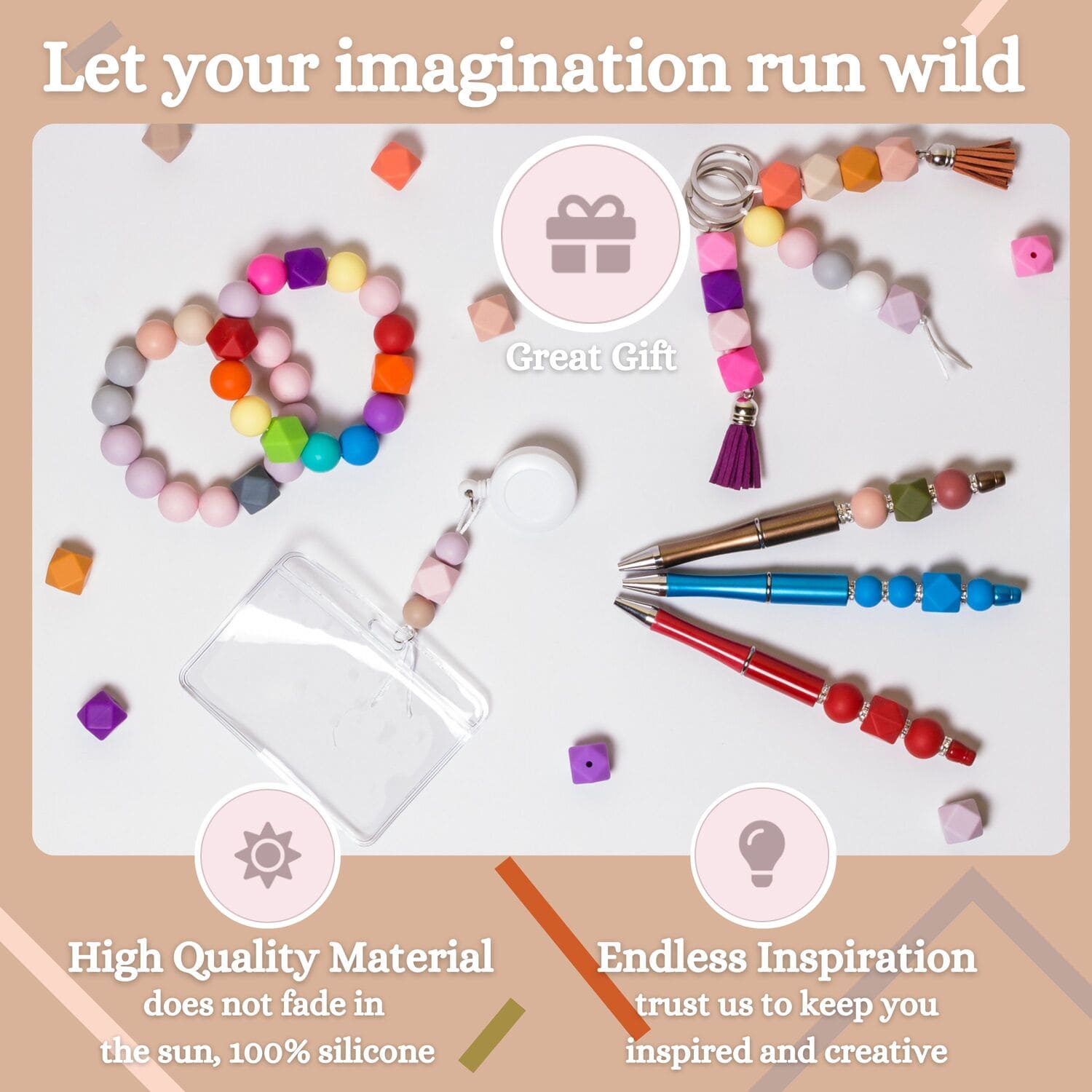
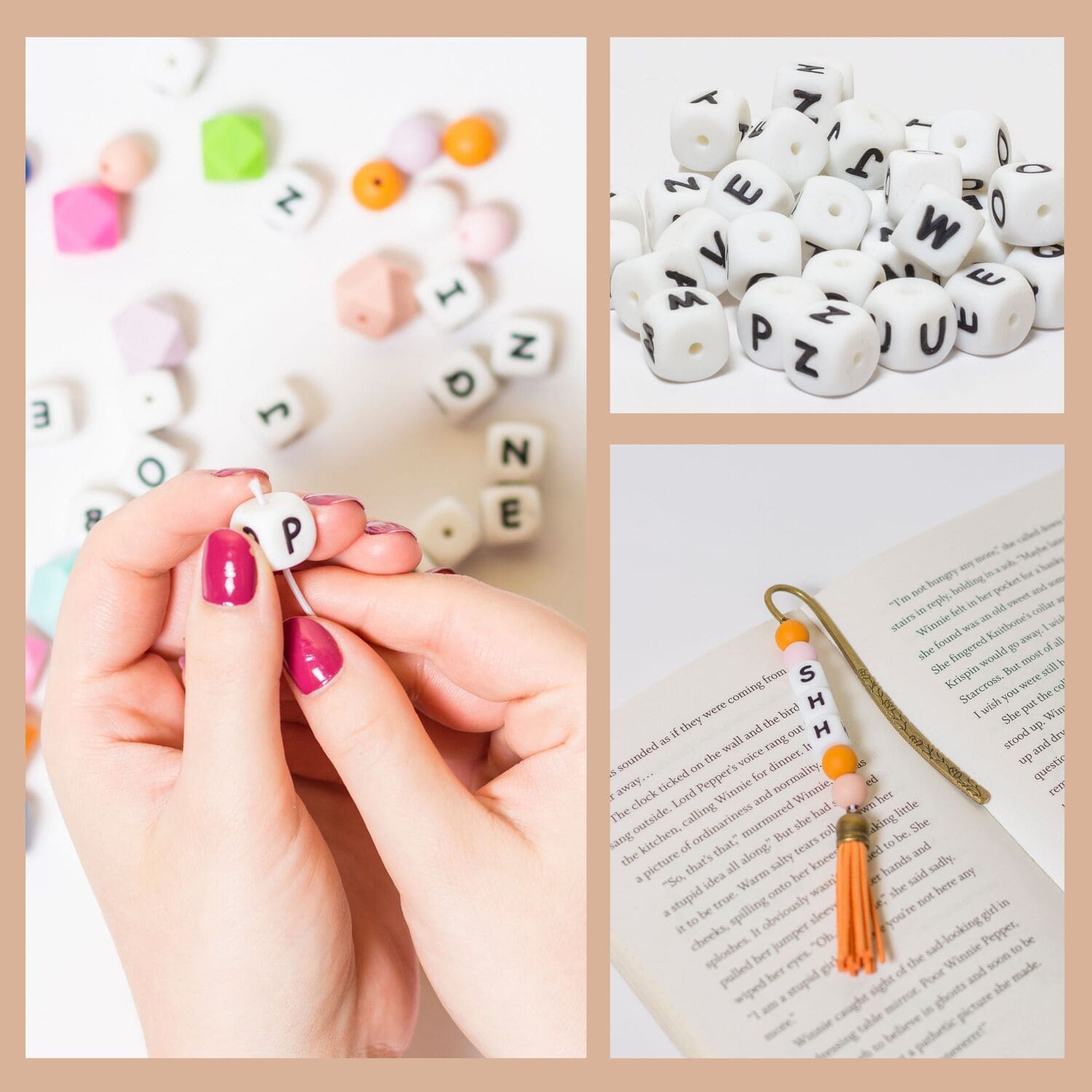
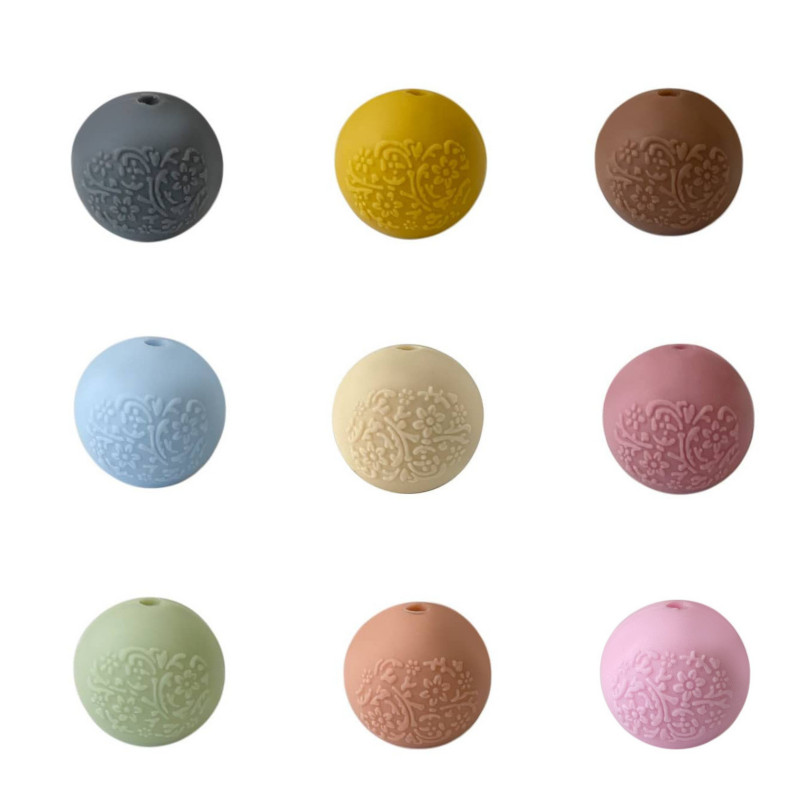

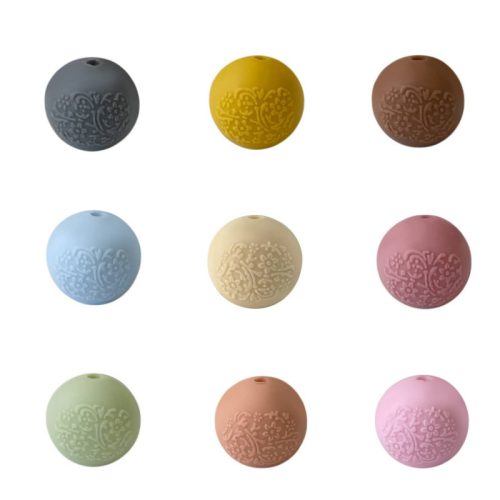






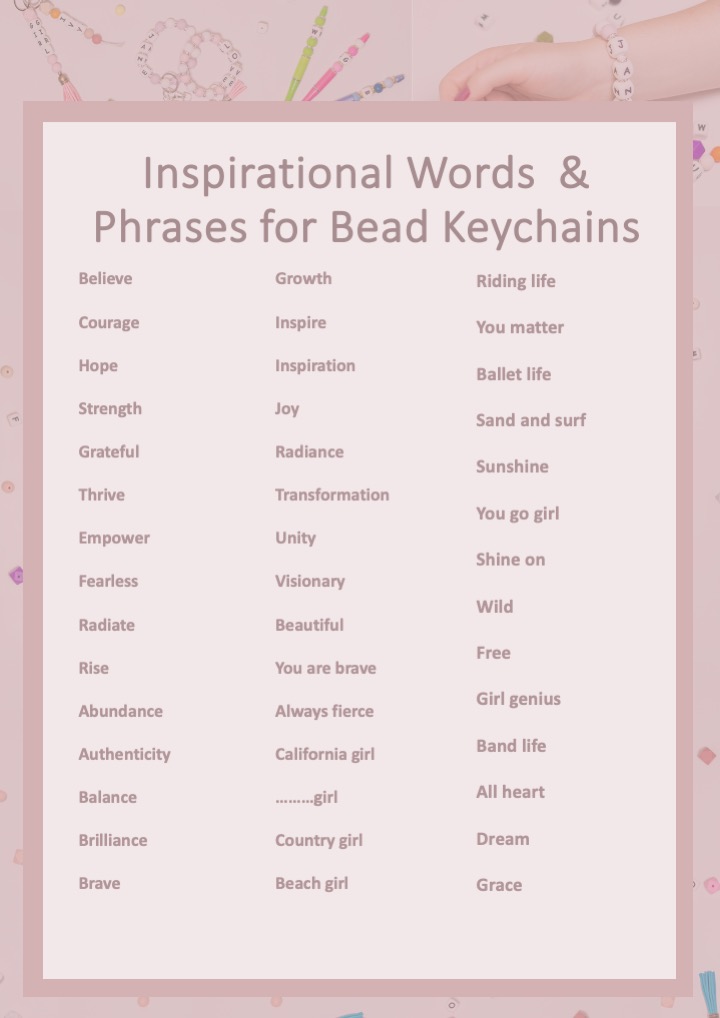

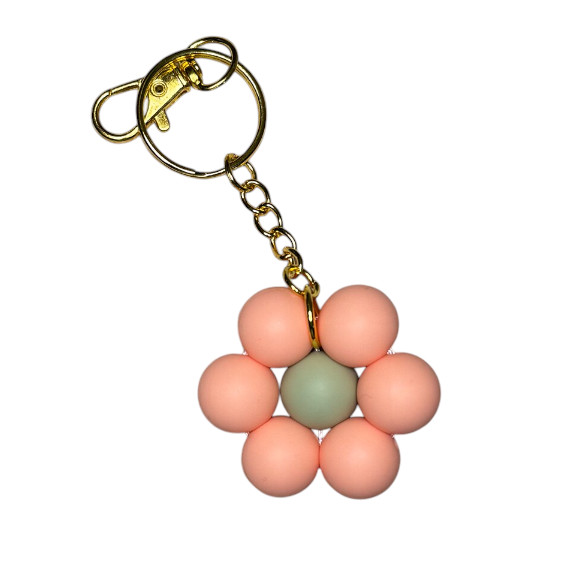
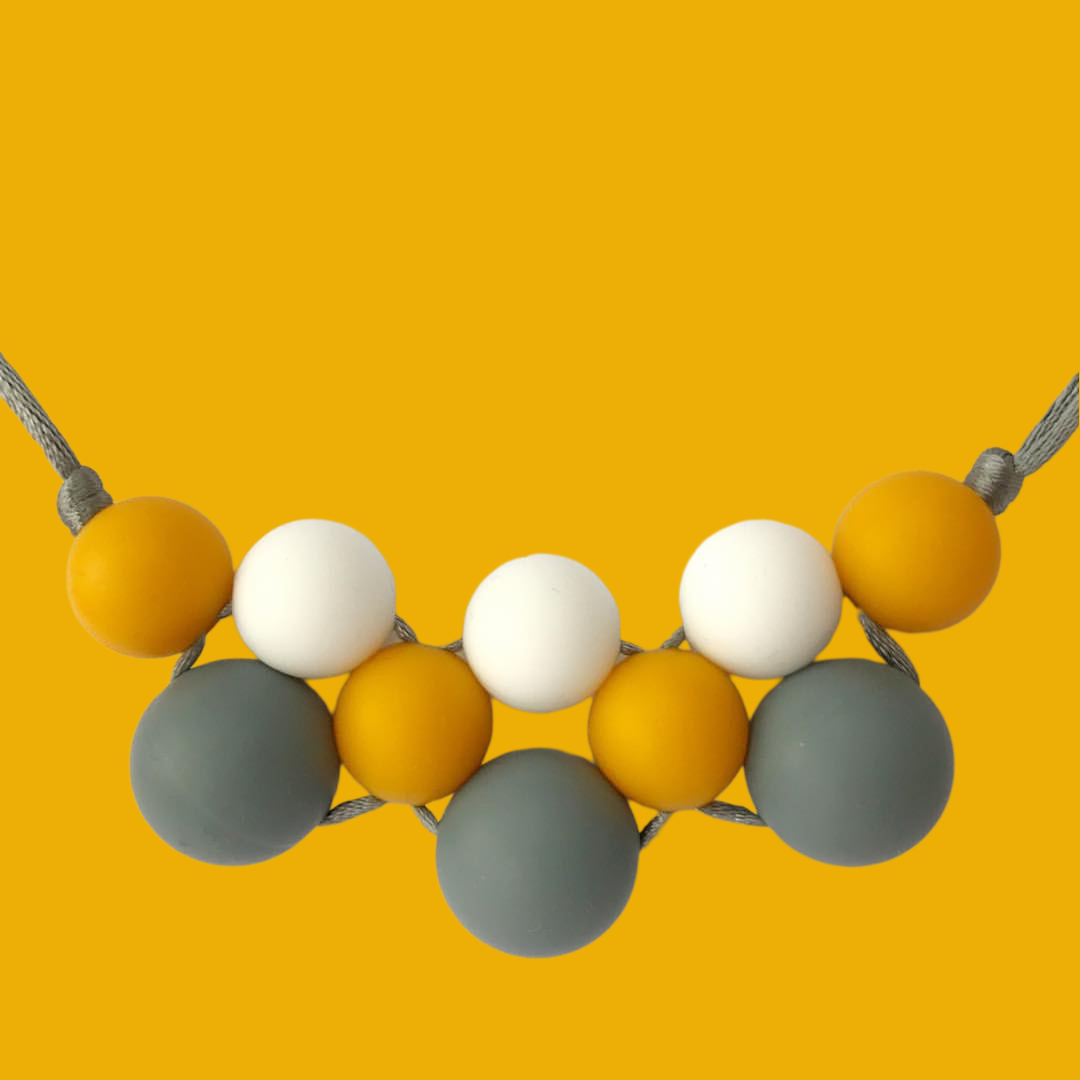
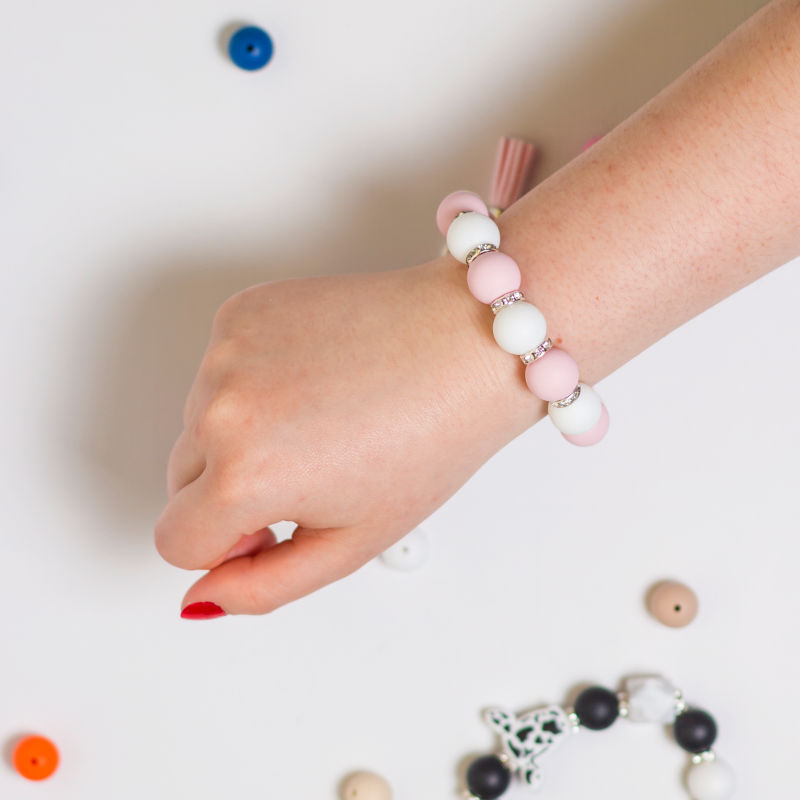

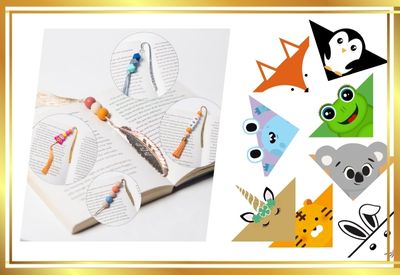
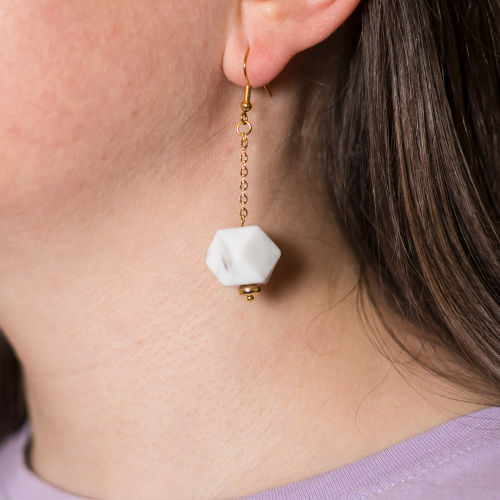



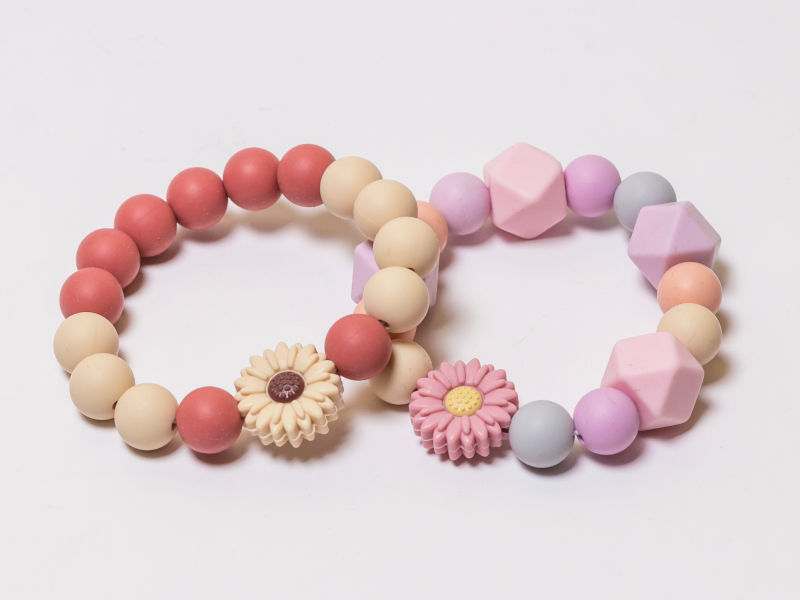












Pam says:
BettySweet says:
Happy Crafter says: